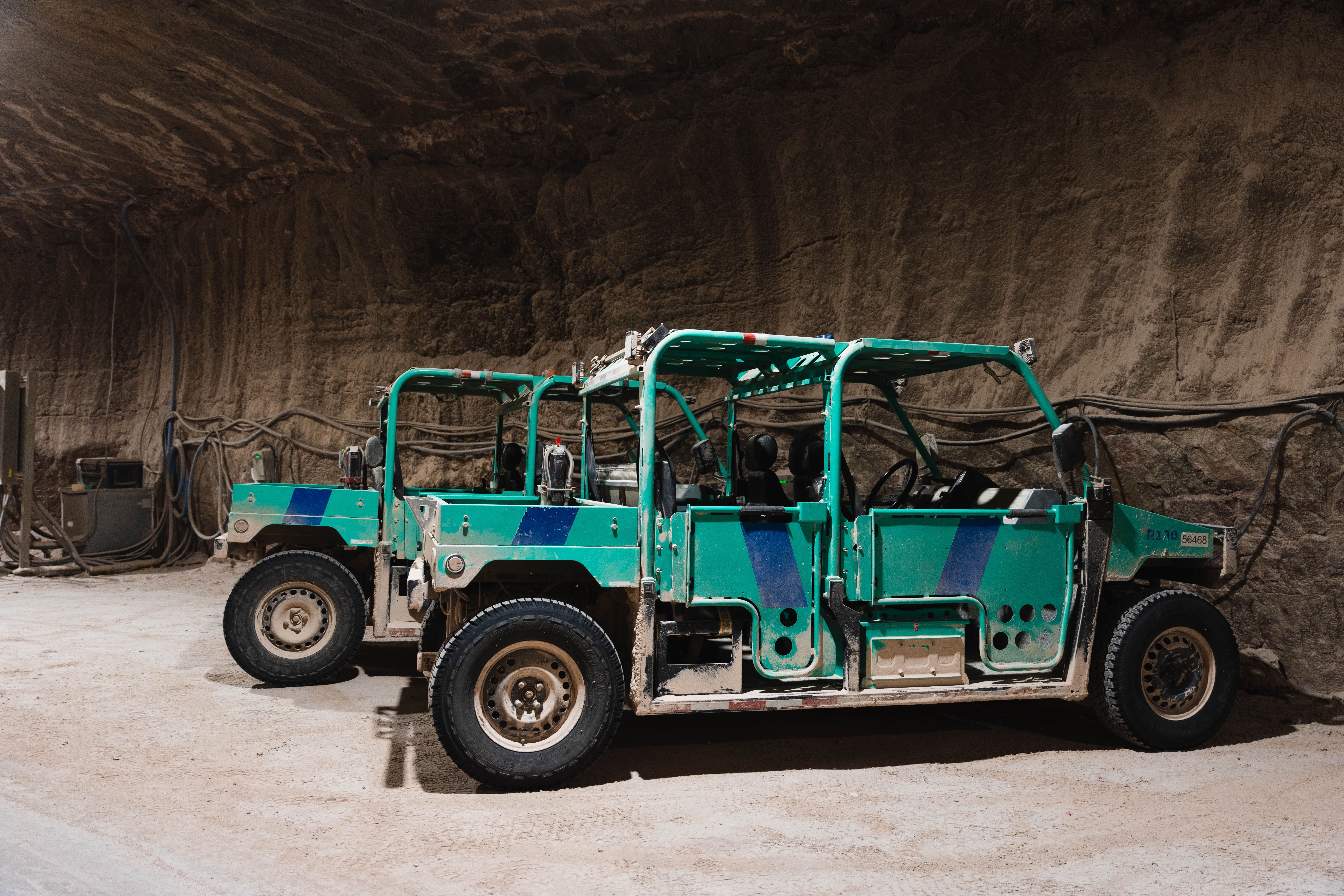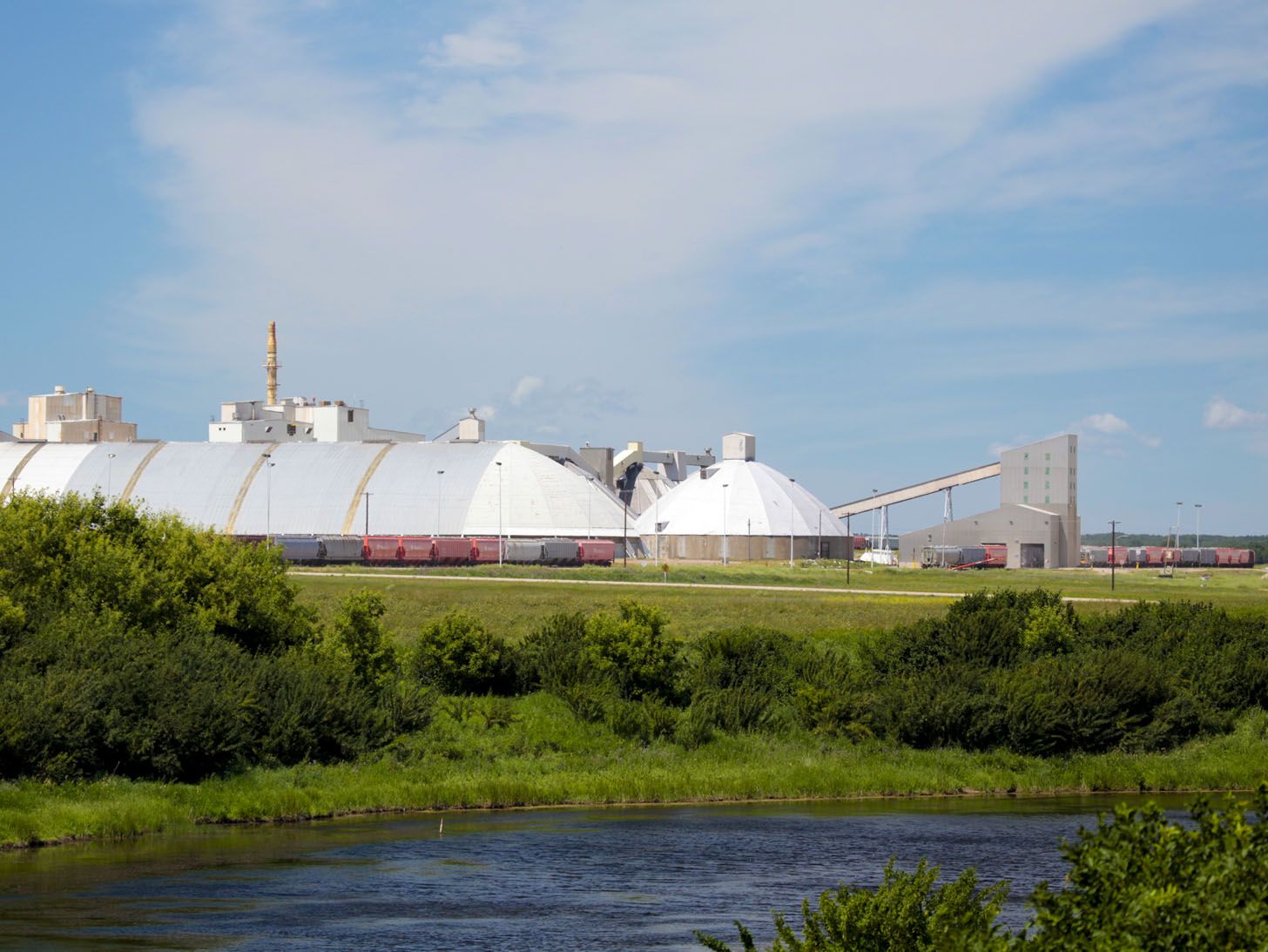
From borers to BEVs: Advancing mining with Nutrien’s electric vehicle fleet
For more than 60 years, electric-powered machinery has been used in Nutrien’s underground potash mines. Borers were some of the first electrically driven machines used in our mines, and now, approximately 75 percent of our underground horsepower is electric.
We are continuously seeking opportunities to expand our electric vehicle fleet. Most recently, we introduced battery electric vehicles (BEVs), which are powered by rechargeable lithium-ion batteries and electric motors.
“In 2011, the first BEV was built and trialed underground at our Cory potash mine,” says Joel Thon, Senior Electrical Engineer. “The development of the first BEV at Cory is what really spurred innovation in the use of BEVs in Nutrien’s mines. Many of our sites are extremely interested in increasing their electric vehicle fleet in the coming years, and we’re looking into adding more personnel carriers and larger options of BEVs like scoops, haulers, bolters, skid steers and forklifts.”
Replacing diesel-powered vehicles with BEVs in our mines has air quality and safety benefits. BEVs produce zero tailpipe greenhouse gas emissions. This reduces direct harmful pollutants like nitrogen oxides and particulate matter, which improves local air quality and reduces respiratory health risks for mine workers. Additionally, BEVs are much quieter than diesel engines and the reduction of noise pollution creates a more comfortable work environment. BEVs also do not carry the risk of diesel spills and have no associated flammable fuel storage.

Since 2013, Joel has been supporting the Electrical Integrity program within Nutrien’s potash business unit. This includes developing and leading electrical safety, maintenance and training programs, overseeing our electric vehicle policy, and consulting on new initiatives.
When it comes to electric vehicles, Joel is plugged in. He is currently advancing an electric vehicle specification document, developing a feasibility study for a full underground electric fleet, and working with the Canadian Standards Association on a national standard for electrically driven machines in underground mines.
“My favorite part of my job is being involved in most of the electrical projects across the potash business unit,” says Joel. “Being part of innovative projects is an amazing experience, and I’m proud to be working in Saskatchewan for a company that has a deep-rooted history with the province and its people.”
Related stories
Explore more about Nutrien



Nutrien donates more than 600 acres to the City of Soda Springs, Idaho
The City of Soda Springs, Idaho received a large land donation from Nutrien subsidiary, Nu-West Industries in May 2024. The land, Ledger Creek, is a 608-acre wetlands conservation property located south of Soda Springs which includes 200 acres of wetlands, a six-acre pond, almost one mile of stream, 400 acres of upland habitat, and the associated water rights.
Read more